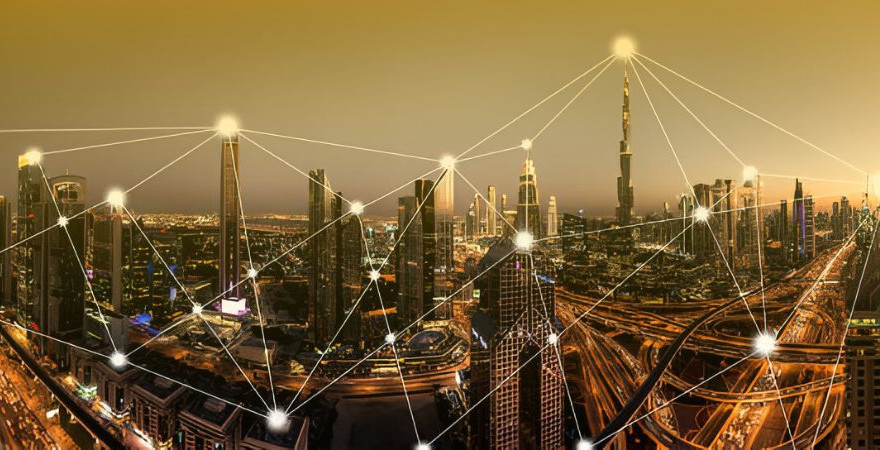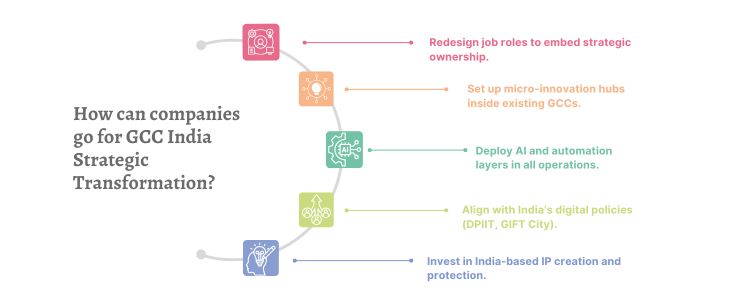Global Capability Centres (GCC) in India began in the mid-1990s when global enterprises first recognised India’s cost profit and abundant IT talent. During this initial phase, India’s GCC was primarily aid and backend service centers, handling non-informant tasks such as data processing, finance, and human resources.
By the mid-2000s, companies began to transfer high-value tasks to India. Research and Development Centre, engineering teams, and Analysis became part of Indian GCC. It marked the emergence of India as a global IT and BPM powerhouse.
Today, in 2025, India hosts more than 1,930 GCCs, which employ 1.9 million professionals and contribute US $64 billion to the economy. The region’s compound annual growth rate (CAGR) is 11%, and it is estimated that by 2030 its market capacity will reach US $100 billion.
As the world is entering a digital-first, artificial intelligence (AI) era, the next phase has begun. GCC as innovation powerhouses is developing as strategic innovation centers from the service centers. This change provides both economic and strategic benefits for global businesses.
- 80% of Top 500 companies operate in India.
- GCC contributes over US $64 billion annually to India’s GDP.
- 11% compound annual growth (CAGR) is expected in the GCC sector from 2023 to 2028.
- More than 20 million stem talent pool is growing at an annual rate of 8% annually.
- India’s digital economy is expected to reach US $1 trillion by 2030.
- Government support through DPIIT, SEZ and GIFT City Innovation Policies.
- Increase in adopting AI, analytics, cybersecurity, and quantum computing in Indian GCC.
The Indian GCC strategic transformation is now mastering end-to-end business results. Global companies realise that their capacity is limited by standing on traditional cost-arbitration models.
frequently asked questions (FAQs)
1.
Why are global capability centers growing so fast in India?
India offers a giant stem talent pool, a combination of digital public infrastructure, cost benefits, and government incentives, making it a preferred destination for installation and expansion of GCC.
2.
What is GCC as a service?
As a service, GCC refers to a flexible, platform-based, innovation-first GCC model where companies take advantage of India’s capabilities to carry forward not only operations but also product ownership, digital platforms, and global innovation results.
3.
How are the GCC innovation centers in India changing?
AI, data science, and digital platforms in India are moving from cost-saving service centers to GCC strategic innovation centers by adopting and co-owning product development and strategic results for global enterprises.
4.
Which industries are leading in GCC India Innovation Centres 2030?
Banking and financial services, pharmaceuticals, retail, technology, and automotive sectors are leading this change and establishing special AI laboratories, research and development centers and digital change centers in India.
5.
What is AI's role in India's GCC's strategic change?
The AI plays a central role in this change, as India’s GCC is developing AI-operated products for global markets, operational automation, forecasting analysis, cybersecurity platforms, and intelligent customer solutions.
Aditi
Aditi, with a strong background in forensic science and biotechnology, brings an innovative scientific perspective to her work. Her expertise spans research, analytics, and strategic advisory in consulting and GCC environments. She has published numerous research papers and articles. A versatile writer in both technical and creative domains, Aditi excels at translating complex subjects into compelling insights. Which she aligns seamlessly with consulting, advisory domain, and GCC operations. Her ability to bridge science, business, and storytelling positions her as a strategic thinker who can drive data-informed decision-making.



















